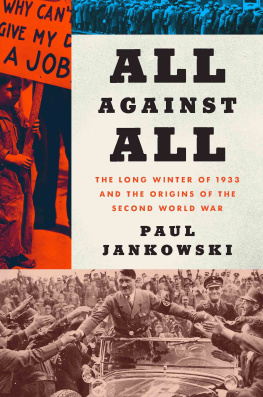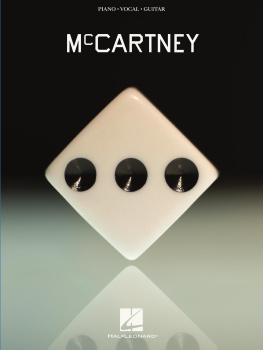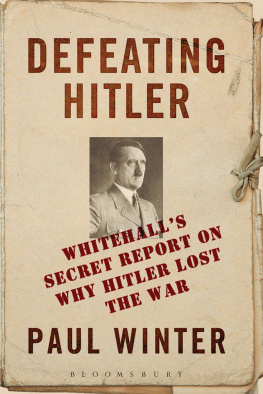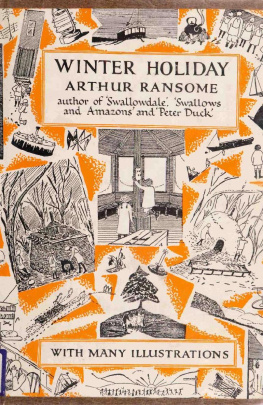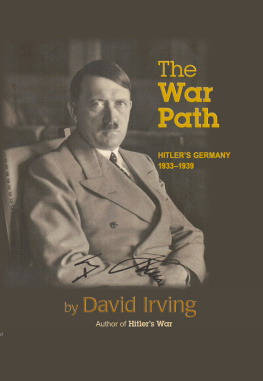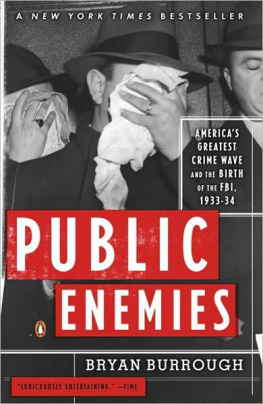Occasionally, people ask me what I am working on. The moment in the 1930s, I reply, when the worlds greater powers and some of its lesser ones turned their backs on whatever world order still existed and on each other. Sounds just like today, they often say.
I wonder about that. Between the autumn of 1932 and the early summer of 1933, Hitler came to power, Japan sent troops across the Great Wall of China and left the League of Nations, Mussolini looked southward toward the Horn of Africa; Roosevelt, the new American president, deepened American isolation from Europe, Britain withdrew into the safe zones of empire, and France watched three prime ministers try and fail to bring its two former allies back into the charmed circle of the victors of 1918. Instead the three fell out acrimoniously over war debts, arms, currency, tariffs, and Germany. They had done so before, but now two world conferences that they and the League of Nations had been planning for years, about disarmament and global economic recovery, failed abjectly. The walls were going up, everywhere. In that long winter the world finally changed, from postwar to prewar. Does that sound much like the scene today? I am not sure.
The belief in global fragmentation runs strong. It supposes a resurgence of centrifugal nationalist forces, conspiring against the mirage of global integration that turned naive heads after the Cold War ended. The dark parable of the 1930s evokes as well the rise of authoritarian movements and their demagogic leaders, together with the economic discontents thought to sustain them. The certitudes attach themselves to each other, almost like rules of deduction. Nationalism, authoritarianism, social resentmentsuch is todays demonic triad, sighted around the globe, signaled to all, and reflected in the distant mirror of W. H. Audens low, dishonest decade.
Historical analogies are easy to debunk. This one rests on muddled assumptions about the world then and now. It is true, for example, that the economic catastrophe of the early 1930s helped turn minor Fascist parties in a few countries into mass movements. But in the United States and France it brought center-left, social democratic governments to power. And until recently, national populists deemed blood relatives of those of the 1930s often succeeded in the most prosperous economies while struggling to break through where growth was slowest and unemployment highest. Most of the authoritarian governments of the 1930s were already in place when the Depression hit, and then, rather than bring the fractious Fascists in, contrived to keep them out, at least for a while. Some of the loudest cries of ethnic and racial panic came from the most democratic of cultures. The model falls of its own sweep. It sets off the eternal strife between the historian, who sees the trees but no forest, and the political scientist, who sees the forest but no trees.
If a historical analogy were needed to illuminate our current predicaments, the world of 1900 would probably serve more usefully than that of 1930. In the early twentieth century, transnational flows of people, goods, and capital yielded not only global integration but protectionist enthusiasms, the Yellow Peril, White Australia and France dabord, exclusion acts in America and pan-Germanic fantasies in Berlin and Vienna. The great powers fretted over their world position in the coming century. The new school of geopolitics was born. Nationalism had much to thank globalization for. It still does.
Still, no one reading the newspapers today can escape at times a frisson of recognition on opening those of the 1930s. Demagogues exploited national or ethnic animosities to win or keep power; internationalism, variously expressed as world bodies, transnational associations and civil society, world revolution, free trade, open borders, collective security, or the earnest repudiation of any and all great power rivalry, fell prey to strident calls for national primacy. Sometimes but not always such calls accompanied attacks on democracy; sometimes but not always they served the demagogues. Diverse governments and regimes, from Moscow to Washington and Tokyo, heeded the calls in diverse ways. Authoritarians, who bridle at multilateral constraints abroad as well as constitutions and dissent at home, might more readily take up the cry of the 1930sEvery man for himselfbut they were not the only ones.
To some observers, in particular those called realists, the sixty or seventy years of relative peace and prosperity that elapsed under the American aegis since 1945 seem aberrant, a historical accident unlikely to recur. However differently they treat their compatriots, however foreign to each other their ways at home, they obey the same logic once they step outside and eye one another. There the world imposes on them its sovereign indifference to rules. It condemns them to compete but not necessarily to fight, for they can resort to instruments that neutralize the threat of subversion or subjection. They can, for example, restore equilibrium by manipulating the balance of power, in which smaller states typically coalesce to arrest the emergence of a hegemon in their midst, or they can deter by manifest pugnacity their greedier neighbors, or collude to eliminate or partition an inveterate troublemaker. But these tools provide no guarantees. In its different versions and manifestations, realismstill the dominant notion of explaining why nation-states behave toward one another the way they dopresents a world both anarchic and predictable, in which fitful events can reveal the recurrent sequence of threat and response to chroniclers astute enough to discern it.
Many were unwittingly doing so before realism, neorealism, and their variants elevated premise into ever more sophisticated theory. Celebrated works of traditional diplomatic history presented war, peace, and conditions in between as outcomes in the struggle between modern states for survival, expansion, or tranquility. In the state of nature which Hobbes imagined, one of them began, violence was the only law, and life was nasty, brutish and short. Though individuals never lived in this state of nature, the Great Powers of Europe have always done so. Neither he nor his successors knew anything of realist thought in international relations, let alone the rational choice or game theories into which some of it more recently has devolved; but they shared with it a Hobbesian premise about primitive anarchy in the world, one that had somehow to be contained lest the war of all against all reclaim its ways.
Just such a prospect haunted the interwar years. Minds that in the 1920s looked back on the Great War as a descent into primeval strife looked ahead in the 1930s to an even more calamitous relapse, the shedding of all lingering restraints on human savagery. Public figures routinely warned of the end of civilization. Genocide they did not foresee, oddly, but chemical warfare and skies dark with bomberstwo other innovations from the previous conflictthey did. The threat of renewed international anarchy seemed somehow to lie at the heart of the matter. Arnold Toynbee, scrutinizing public opinion in 1936, found resignation as well as dismaythe gloomy prognosis that a condition that had lasted four centuries might last for another four. In the short term, the new international era (if new it was) was likely to end in the catastrophic fashion of its nineteenth-century predecessor.
Whether preaching the virtues of necessity like its classical ancestors or revealing the inexorable constraints of an anarchic world like its structural exponents, realism both recommended and predicted balancing. It envisaged the ceaseless creation and re-creation of equilibriums in a multipolar and even, for some, a bipolar world order, without troubling to explain how they flourished or withered, or whether conflicts erupted from their formation or from their disintegration. All, in a pattern taken from organization theory, would conform to the unwritten rules, as the weaker states emulated the most successful ones. But nothing of the sort happened in the interwar years. The alliances that had held together throughout the Great War vanished with the peace, and none emerged to take their place. Even while Britain sought to foster the rehabilitation of Germany, and France with increasing desperation to contain it, a balance of power, a will-o-the-wisp that found no artisans, never materialized. The Soviet Union, which sought in the morning to prevent any coalition of European powers from taking shape, at midday to turn one against Germany, and at nightfall to join the Reich itself, appeared most faithful to realist logic; but these were tactical devices to allow its own militarization, which had begun before any of the others. The United States was not interested in balances of any kind.

